There are many guides on how to deal with condensation and mould at home, and you can never be too much in advising people what are the dangers of having mould in a domestic environment. As the temperatures outside drop, it is easy to have condensation on the windows and then mould growth in different areas in the house. Especially between the months of October and March in the UK, there's a high likelihood that condensation and mould formation would increase. If your windows look steamy or with condensation on them in the morning or sometime throughout the day, you need to deal with the problems. If you are experiencing condensation and mould on windows, walls, or ceilings, you need to determine the cause for this and also take care of the problem as soon as possible. When mould grows on the wall, on the window, or on the edges of the window or wall, you shouldn't think there's a problem with your house but rather, there may be a problem with ventilation. Immediate action needs to be taken when mould growth is detected.Keep reading to find out more concerning how you can deal with condensation and mould at home, in particular:Condensation: Though Unavoidable, it can be Taken Care of!Excessive Condensation can Lead to these ProblemsMoisture and Condensation: how to Produce Less Moisture!Preventing Mould Growth by Reducing Condensation: Ventilation!Hot - Cold - Ventilation - Let the Air Circulate!When there is Mould Growth: How to Clean MouldFurther Reading on How to Deal with Condensation and Mould at HomeCondensation: Though Unavoidable, it can be Taken Care of!What is condensation and how does it form, or what are the causes for condensation? As we live our lives in our homes, especially during the colder months of the year, condensation may appear on the window or on the wall. There's always some moisture in the air, even though we can't see it; when the air gets cold, it cannot hold the moisture and tiny droplets of water are formed on the windows - especially in the morning. This is condensation. It is nice and warm inside and it is very cold outside; it is easy for condensation to appear. When you take a shower, for example, the mirror or the bathroom tiles may have condensation since the cold surface of the mirror is hit by the air loaded with tiny water droplets. When condensation forms inside your home, it can become a problem unless you take swift action. It is unavoidable to have condensation but you can take care of it! Excessive Condensation can Lead to these ProblemsIf condensation is not taken care of swiftly, it can lead to many problems. Dampness caused by excessive condensation can lead to mould growth on the window frame, the window sill, the ceiling, the furniture, the wall, or even on the clothes. Damp and humid conditions also are the best environment for dust mites to easily multiply, thus affecting those suffering of asthma. This is why we say that, though unavoidable, we need to take swift action when we see condensation forming. Dealing with Condensation - First StepsThe first and easiest step to deal with condensation is to wipe dry the surfaces where condensation forms. For example, when you see condensation on the window or the windowsill in the morning, you can wipe these surfaces dry. You can take a dry cloth and wipe the wet surfaces clean, and then squeeze the water out in the sink. Don't be tempted to let it dry somewhere and do not put it on the heater, or else the water will go back into the air! And the second step you can take to deal with condensation is simply to ventilate the place; open the window for a bit until there is some ventilation taking place, and then the window can be closed later. Don't Forget to Ventilate!Dealing with Mould Growth: First StepsIf there is mould growth on the window, the windowsill, the wall, or any other surface, the first thing to be done is to limit the amount of condensation in the room and kill and remove the mould. Ventilation is necessary to get rid of the moisture in the air. To deal with the mould, the surfaces with mould growth need to be wiped down or sprayed with a fungicidal wash or very diluted bleach. Please follow the instructions as per the bottle of the cleaning product to make sure you do not get sick or destroy the surface to be cleaned. Moisture and Condensation: how to Produce Less Moisture!Simply by living inside your home, moisture is produced. Our breathing adds to the moisture, our activities add to the moisture, and everything we do can add to the moisture. And moisture leads to condensation, which can lead to mould growth. For example, when we sleep at night, just one single person can add up to half a pint of water to the air overnight! For example, here are some approximate statistics regarding moisture and how much it is produced:Two people at home, just by breathing, can produce up to 3 pints per day.Taking a bath or a shower can produce up to 2 pints. Drying the laundry indoors can produce up to 6 pints.Cooking and using the kettle for tea can produce up to 3 pints.Washing the dishes in the sink can lead to 1 pint of water.If we add all these together, simply by doing the normal things around the house (without ventilation), up to 15 pints of water can be produced just by two people. How can we reduce the moisture at home? Here are some tips:Dry your laundry outside. Hang your washing outside in a clean and dry place if possible, or hang it in the bathroom with the door closed and the window slightly open or the extractor fan on. If you dry your clothes indoors next to the radiator or the heater, the moisture in the air will increase. When cooking, cook with pan lids on, and turn the heat down once the water has boiled. Using a hob when cooking also helps extract the moisture, and using less water when boiling and cooking will help reduce the moisture in the air. Also, ventilate! Simply by opening the window, ventilation is produced. Instead of drying clothes inside the house, use a tumble dryer if possible. Or if you don't mind the extra cost and you have a laundromat not too far from your house, it may be worth it to pay and dry your clothes there. When running a bath, if you want to take a bath, it's best to run the cold water first and then the hot water, since this will reduce the steam by 90%. When taking a bath or a shower, always turn on the bathroom fan. Do not be tempted to keep the temperature steamy and warm in the bathroom: always ventilate! And after taking a shower, it is best to wipe clean the bath tiles, the mirror, and the shower so that less water may evaporate and become moisture in the air, leading to condensation. Preventing Mould Growth by Reducing Condensation: Ventilation!The understated free action we all can take in order to prevent mould growth by reducing condensation is ventilation. When we ventilate properly, condensation is reduced and it becomes more difficult for mould to grow. There are many whole house ventilation systems that can be set up, which can cost you a lot of money, but at the same time, simple ventilation can help and is easier to do! For example, cross-ventilating the home helps very much! Since it is so cold outside, you can slightly open one window downstairs and another upstairs, making sure the doors in between are open. Or you can open the windows in the rooms on the opposite sides of the house, making sure the interior doors to the rooms are also open. Allowing the fresh air to come in and circulate throughout the house can remove moisture. We recommend such cross-ventilation to be carried out for about 30 minutes every day. Tip: do not leave your windows open when you leave the house - this poses a security problem!Here are some other simple tips on ventilation at home:Open the trickle vents in the widows: many of the double or triple-glazed windows have trickle vents, usually located at the top side, which can be closed or open. It is recommended to keep them open during the day to allow air to circulate. Ventilate the kitchen when cooking or washing up. Simply opening the window and having the air circulate makes a great difference to condensation. Using a cooker extractor hood also helps. Use the bathroom extractor fan and make sure it runs more than the time you take a shower or a bath. Many extractor fans are affordable and they extract a lot of the moisture in the air. Open the curtains during the day, especially when opening the window, to allow the air to circulate. If the curtains are not open, condensation can happen and mould may grow. When using the shower or taking a bath, close the door and turn on the fan or open the window. When cooking in the kitchen, close the door and open the window, even turn on the hob. When the bathroom and kitchen doors are closed as different activities are taking place in those rooms, moisture cannot travel in the other rooms in the house.Do not overfill the wardrobe and cupboards and keep them at a small distance from the wall. Beds, wardrobes, and cupboards can have moisture on them and even mould growth if there's no ventilation between them and the cold surface of the wall. It is recommended to keep a small gap between large pieces of furniture and the wall. Ventilation Fans for HomeHot - Cold - Ventilation - Let the Air Circulate!Many of us love it when it is nice and warm at home, especially during the cold months of the year, so we keep the window shut and we may even appreciate the heat coming from the kitchen when cooking takes place. We need to remember that warm air can hold more moisture than cooler air, and droplets of condensation can appear on different surfaces around the house. The warmer the air is, the more moisture it can hold, like a sponge. It is best to have a medium level of heat throughout the house than to have one room extra warm and the others cold. It is recommended to keep the heat on low all day, especially in the cold months, rather than having it on full blast for several short periods during the day. If there's no heating in particular rooms, instead of keeping the doors closed, it's best to open the doors to allow some heat to enter into them and for air to circulate. Remember: the lasting cure for mould is to reduce the amount of condensation you create by using the heating, cooking, showering, etc, and by ventilating your home effectively!When there is Mould Growth: How to Clean MouldSome people do not want to ventilate nor do they turn on the fan in the bathroom during or after the shower, and the next thing you know, not only condensation happens but even more, there is mould growth. This is not the end of the world, but unless treated and removed, mould can grow and become quite dangerous to our health and the health of those in our homes. Here are some tips on how to clean mould when it grows in your home:Open the window and ventilate the room before doing anything. Chemicals may be used to remove the mould, so the fumes can be quite toxic; opening a window and turning on a vent or fan to ventilate the room is recommended. If it is too cold outside, still open at least one window to allow the air to circulate in the room. And if it is freezing cold, it's best to wait for a sunny dry day to treat the mould. Be aware that, since mould grows best in moist areas, it's best to regularly ventilate and, if you want to remove it, it's harder to do so when it is raining. Use protection when dealing with mould: facemasks, gloves, and protective eyewear. Whether you have asthma or not, it is easy to breathe in the mould spores when treating mould, so it is best to put on a facemask, gloves, and protective eyewear. The fumes of the cleaning products also can irritate your eyes, skin, and airways, so it's best to be protected. And wear a long-sleeved top and trousers to protect yourself. Read the instructions of the cleaning product. You may use bleach (low concentration) or other chemicals; before doing anything, read the instructions very carefully. Some of the cleaning products can contain harsh ingredients which, when used incorrectly, can be harmful to your health or can damage the surface you want to clean. Read the manufacturer's instructions. Never mix bleach with ammonia, for when these are mixed together, they create toxic fumes that are hazardous to health. Read the labels and, if possible, avoid combining cleaning products altogether. Throw away absorbent or porous items that are mouldy. The mould spores can get into the pores of the material and can continue to grow even after you clean that item, so it's best to throw it away. Things such as drywall, upholstered furniture, carpet, rugs, ceiling tiles, art, etc that have holes in the surface or absorb liquids, all need to be removed. If it can be washed, you can salvage it. Kill the Mould on Surfaces by choosing the right treatment. Some of the options include bleach, white vinegar, baking soda, or even dish detergent and water. The bleach needs to be diluted and properly handled. White vinegar can kill the mould as a natural treatment (especially when it is not diluted). Baking soda is also a natural option, and it also removes odour (dilute it and spray it on the surface). Finally, simply using diluted mild dish detergent and warm water with a brush can deal with mould. You can scrub the mould with soap and water to clean the surface. It is recommended to read the instructions, the way to prepare and scrub, and how to do it for each of these treatments. Properly treat the mould by spraying the solution on it and allowing it to sit for 15 minutes to one hour so it penetrates the root. Don't spray it and scrub it: spray it and wait. Treatments that are harsh, such as bleach, hydrogen peroxide, and ammonia work quickly. Natural treatments such as white vinegar, baking soda, borax, or tea tree oil may require longer to work. Follow the instructions and apply more than once. Scrub the surface with a stiff-bristled brush, if necessary. When all the mould is removed, it is good to scrub the area with soap and water, and even scrub it with a bristle brush. If the mould is removed simply by scrubbing it, it is good. Rinse and dry. Do not leave the area wet. It is recommended to use clean water to remove the remnants of any cleaning solutions, and then pat the area dry with a clean towel. If you are unhappy with the results, you can try the whole process again. However, if you want to try a different cleaner, it is best to thoroughly rinse the affected area to remove any remaining residue from your cleaning solution, and then let the area dry before you try again. Make sure that the area is clean after being treated. Best ventilation solutions at SparksFurther Reading on How to Deal with Condensation and Mould at HomeThe above guide is compiled from a wide variety of guides and advice leaflets put out by many entities, to which we are thankful. We are listing some of the further reading on this topic, with thanks. How to prevent damp, mould and condensation in your homeDEALING WITH DAMP AND CONDENSATIONHow to prevent condensation and mouldHow to avoid condensation and mould in your homeReducing damp in your homeHow to deal with condensation and mould in your homeHow to Kill Mold (with Pictures)Condensation and Mould Advice for TenantsControlling Damp and Condensation in Your HomeControlling condensation and mouldCondensation, damp and mouldCondensation and mould advice for tenantsControlling damp, condensation and mould








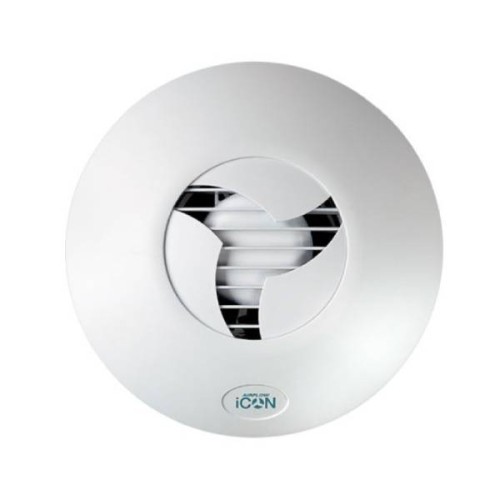
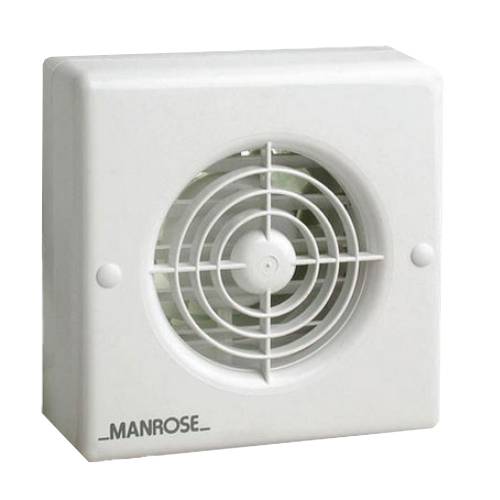

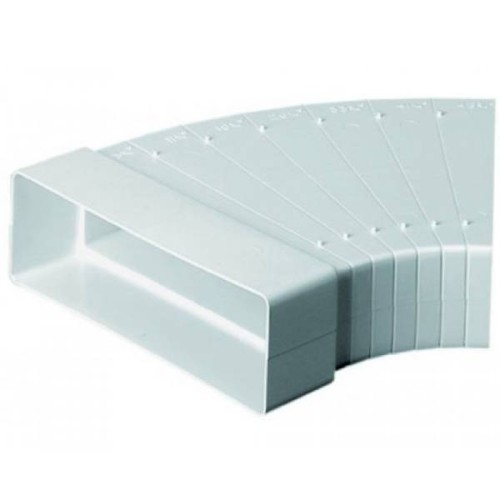
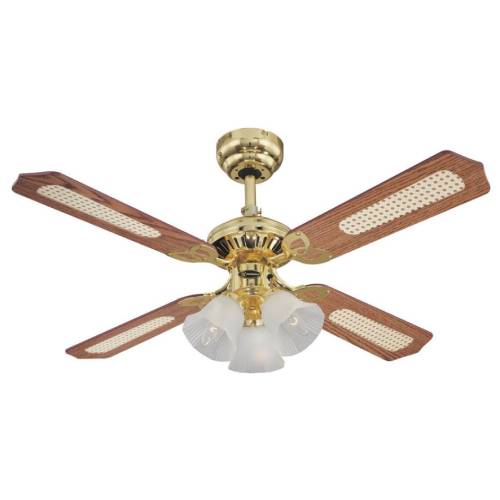
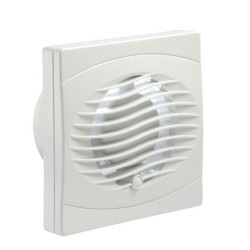
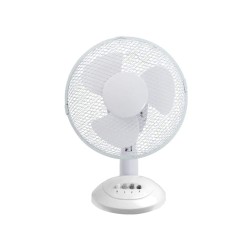

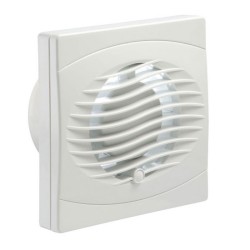
-250x250.jpg)
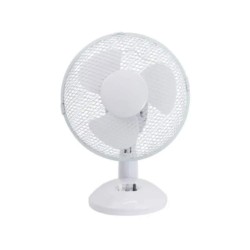

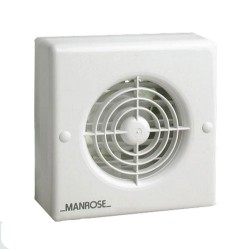


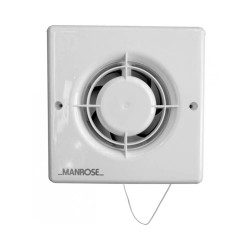
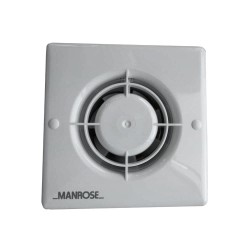
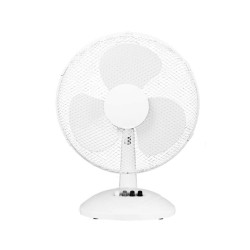
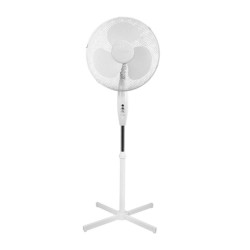

 1.jpg)







.jpg)


.jpg)
